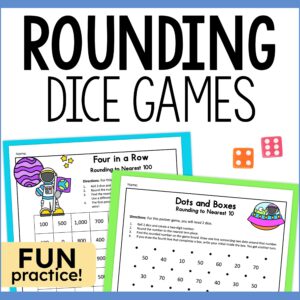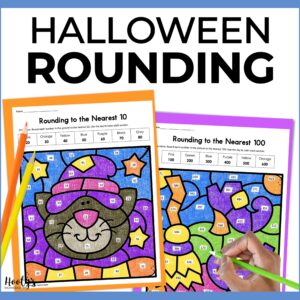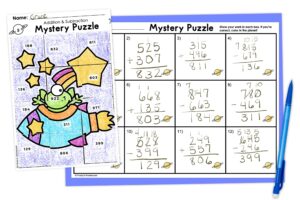When teaching students about the volume of rectangular prisms, math teachers often encounter various challenges. Each of these challenges can inhibit a student’s ability to grasp the concept fully, leading to future misunderstandings in more advanced topics. Learn about some common volume of rectangular prisms misconceptions and some hands-on activities to help students overcome them.
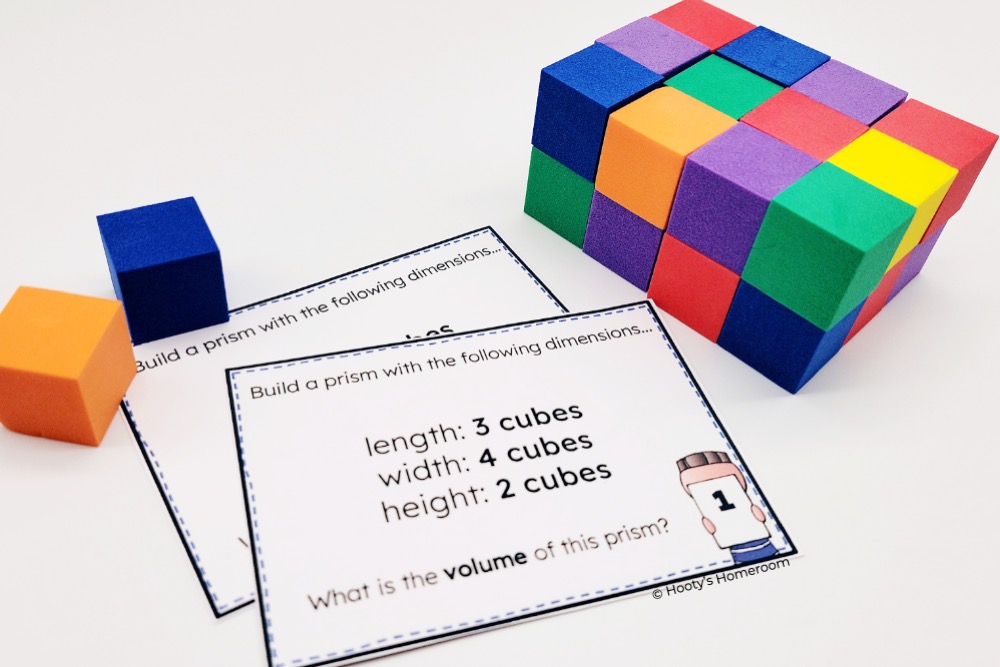
trouble Visualizing 3D Space
Challenge:
Students often struggle with spatial reasoning, which makes visualizing three-dimensional objects challenging. Despite students previously learning about 3 dimensional shapes, this is the first time students have been required to think about the 3 dimensions beyond just recognizing and naming solid figures.
Building Blocks Activity:
Give students centimeter or inch cubes and ask them to create a rectangular prism of specific dimensions. This tactile experience can assist in visualizing the space occupied by the prism.

Grasping the Concept of Volume
Challenge:
Some students can mechanically calculate volume without understanding its inherent meaning. Truly understanding the concept of volume will lead to better problem-solving and fewer mistakes.
Packing Boxes Activity:
For this activity, you will need a variety of small boxes, such as medicine boxes, bandage boxes, and snack boxes. Ask students to predict how many cubes are needed to fill each box. After packing each box with cubes, discuss the volume in terms of the container’s dimensions. Packing Boxes is a great activity for helping students understand volume formulas.
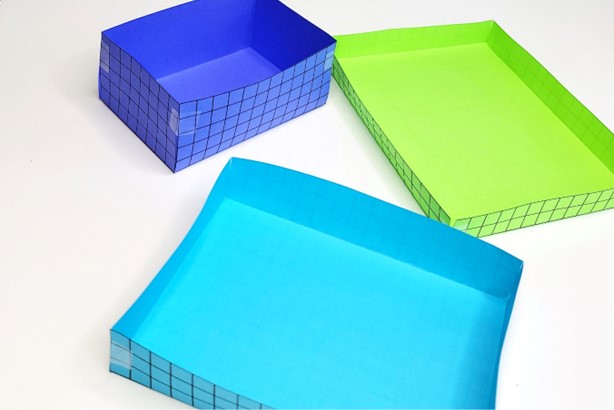
Confusing Area and Volume
Challenge:
Students sometimes confuse the two-dimensional space (area) with the three-dimensional space occupied by an object (volume).
Building Boxes Activity:
Give students a piece of grid paper. First, ask them to calculate the area. Then, have them fold the paper into a box (without a top) and try to determine its volume. This activity highlights the distinction between flat space and the space something occupies. Building boxes is a class favorite.
Understanding Dimensions
Challenge:
Confusing length, width, and height, especially when a prism is oriented differently.
Rotation Station Activity:
Set up several rectangular prisms of various sizes and orientations. Students move from station to station, identifying and labeling each prism’s length, width, and height. To further make a connection, have students build a prism with the same dimensions using inch cubes.
Addressing Volume of Rectangular Prisms Misconceptions
Incorporating these hands-on activities into your lessons can transform abstract concepts into tangible understanding. By addressing some common volume of rectangular prisms misconceptions head-on, we set the stage for deeper comprehension and pave the way for future mathematical success.









